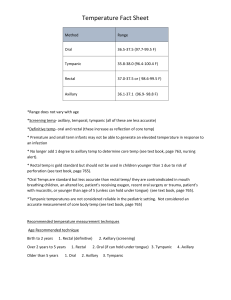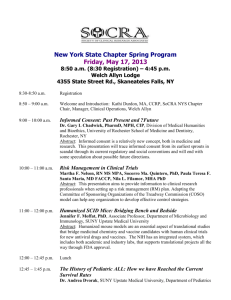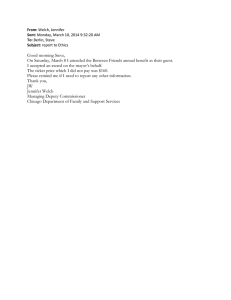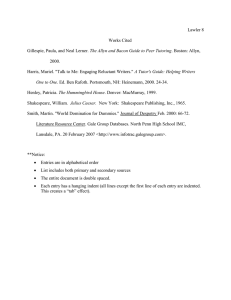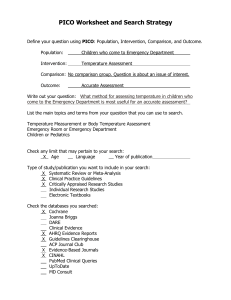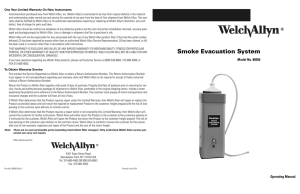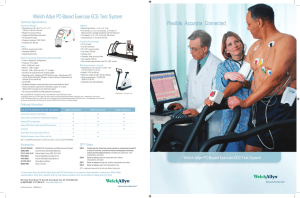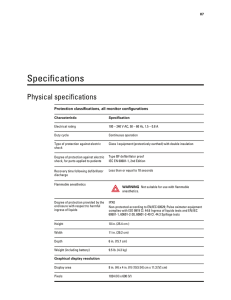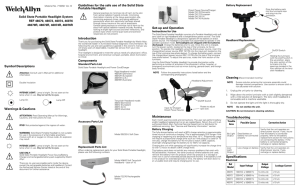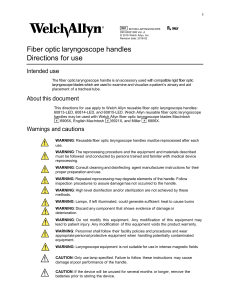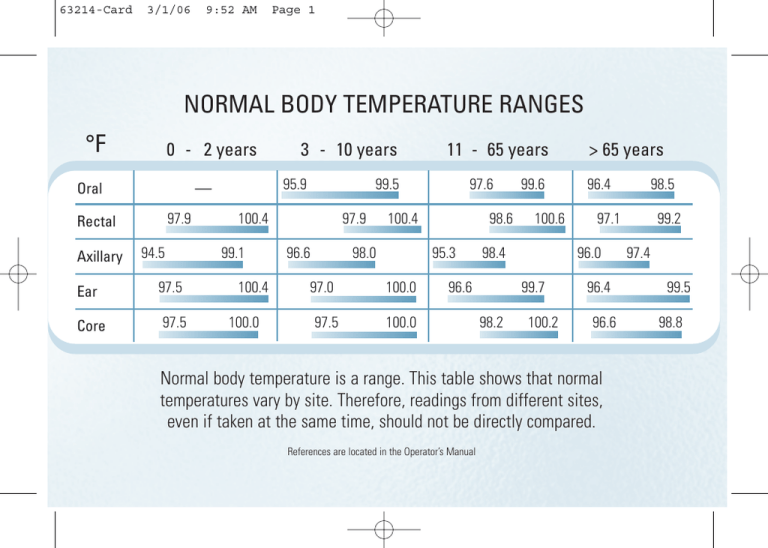
63214-Card
3/1/06
9:52 AM
Page 1
NORMAL BODY TEMPERATURE RANGES
°F
0 - 2 years
97.9
Rectal
Axillary
95.9
—
Oral
94.5
Ear
97.5
Core
97.5
3 - 10 years
99.5
100.4
99.1
100.4
100.0
11 - 65 years
97.9
96.6
100.4
98.0
97.0
97.5
97.6
98.6
95.3
100.0
100.6
98.4
96.6
100.0
99.6
96.4
100.2
96.4
96.6
Normal body temperature is a range. This table shows that normal
temperatures vary by site. Therefore, readings from different sites,
even if taken at the same time, should not be directly compared.
References are located in the Operator’s Manual
98.5
97.1
96.0
99.7
98.2
> 65 years
99.2
97.4
99.5
98.8
63214-Card
3/1/06
9:52 AM
Page 2
Normal Body Temperature Ranges
Normal body temperature in a
healthy person is a range that
fluctuates throughout the day. Body
temperature can vary as much as
1.0° to 2.0°F (0.5°C to 1.0°C) and
is lowest in the morning (2-4 AM)
while resting and is warmest in the
afternoon (4-6 PM) while active.
Up to 5% of the population has
a body temperature that falls
outside of the normal range. Body
temperature variation is the result
of an individual’s metabolic rate.
Slower equals cooler and faster
means higher normal body
temperature. Metabolic rate is
determined by factors such as
genetic makeup, lifestyle, age,
and environment.
Body temperature is regulated by
the hypothalamus that continuously
adjusts temperature to stay within a
set range of normal in the absence
of illness.
Fever is defined as a temperature
above an individual’s normal range.
Fever occurs from an infection or
inflammation or can also be caused
by noninfectious illnesses such as
stroke, blood clots, or gout attacks.
Different sites equal different
temperatures:
> Rectal temperature is typically
higher than Core
> Core is typically higher than Oral
> Oral is typically higher than
Axillary
© 2006 Welch Allyn. All rights reserved. Reorder # SM2556 Rev B
Should I add/subtract a degree?
This question can only be answered
based on the policy of your
individual institution. The
SureTemp® Plus will accurately
predict the temperature of the site
where the probe is placed. No
internal offsets are utilized to adjust
any temperature to an oral
equivalent. Many facilities simply
report a temperature along with the
site used.
CUSTOMER SERVICE
For technical or clinical support,
please contact Welch Allyn at
www.welchallyn.com

